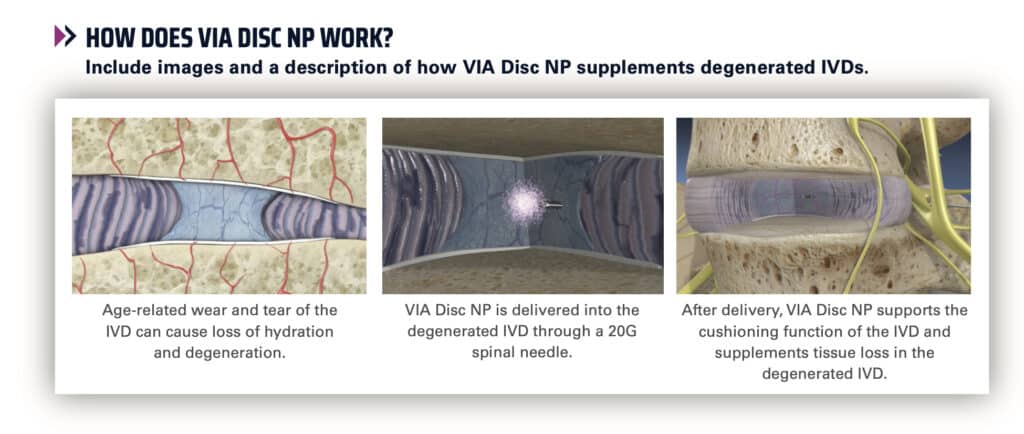Dekompressor Discectomy
A dekompressor discectomy is a procedure to remove the section of a herniated disc that is irritating a nerve and causing you pain. This is known as a minimally invasive procedure because the surgeon uses a small needle-like instrument guided by a fluoroscope instead of using a scalpel.
During the procedure, the surgeon inserts a probe with a rotating tip through the needle to reach your herniated disc. The rotating tip carves away the bone, which creates more space for the nerve, relieving the pressure and stopping the pain.
This technique is usually performed on patients who have had back, buttock or leg pain for six weeks or more. This procedure is ideal if you are diagnosed with an isolated problem area, the result of painful pressure on a nerve.
OVERVIEW
A dekompressor discectomy effectively relieves pain in most patients. In this non-invasive procedure, your board-certified spinal surgeon uses a thin needle, called a cannula, and a small rotating probe to reduce your herniated disc. You can even have the procedure done on an outpatient basis with a local anesthetic. The procedure is described below. Talk to your surgeon about the risks, as well as what you can expect from the recovery.
 1. INSERTING THE CANNULA
1. INSERTING THE CANNULA
After the local anesthetic is administered to numb the area, your surgeon inserts the cannula through your back to the herniated disc, shown in illustration 1. The surgeon uses a fluoroscope, showing X-ray images to guide his hand to position the cannula.
2. TREATING THE DISC NUCLEUS
The surgeon then inserts the probe with the rotating tip through the cannula. When turned on, the probe removes small portions of the disc nucleus, as shown in illustration 2. The surgeon removes enough of the disc material to reduce the pressure within the disc, so your spine remains stable while the pain-causing irritation disappears.
3. RELIEVING THE HERNIATED DISC
The probe creates an empty space within the disc that allows the disc itself to reabsorb the herniation, per illustration 3. Without the herniation, there is no undue pressure, and without the pressure, there is no pain.
4. RECOVERING FROM THE PROCEDURE
After the surgeon removes the probe and cannula, they cover your skin at the insertion point with a small bandage. Because no muscles or bones were severed during the procedure, your recovery is fast, and you can avoid scarring. You may need a day of bed rest when you return home, followed by a period of therapeutic exercise. Most people return to normal activity within one to six weeks.
SURGICAL PROCEDURES

